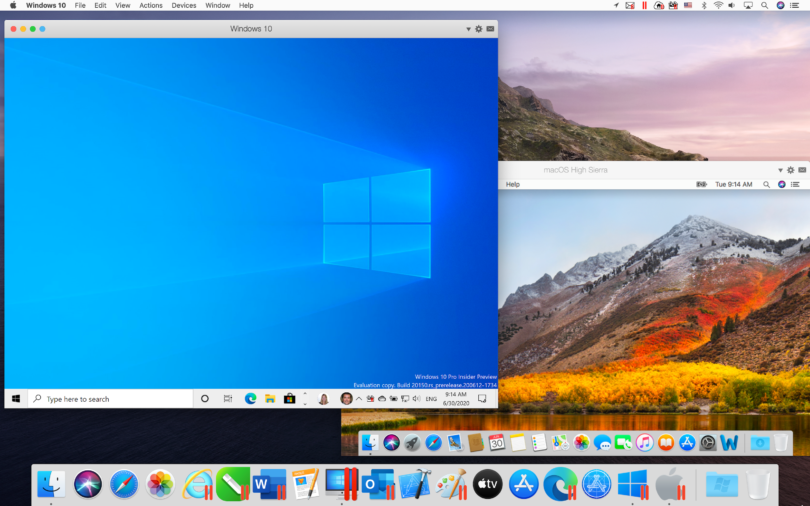Emulator Meaning – Using an emulator, you may run programmes designed for a different hardware platform on your computer.
- When it comes to emulators, most people use them to play video games or run other operating systems on their computers.
- It is possible to execute programmes that would otherwise be inoperable on your computer via the use of emulation.
- Most emulators operate slower than the device they’re mimicking, and they may need a lot of computing power to work at all.
An emulator is a software (or, rarely, a piece of bespoke hardware) that mimics the behaviour of another device.
You can run Windows programmes on certain Linux and Mac machines using WINE, for example. GameCube and Wii consoles are supported by the Dolphin emulator. One of the most popular apps for recording music on your Mac is even capable of simulating a guitar amplifier’s sound.
Emulators come in many varieties. People use emulators for a variety of reasons and there are many different types of them.

Emulator Meaning
Why do people utilise emulation?
Each computer and operating system is a one-of-a-kind creation. When one application or app doesn’t operate on another, it’s usually a sign that it’s not compatible.
Trying to make comparisons between, say, Windows and MacOS or between, say, laptops and PlayStations, may be difficult.
It’s at this point when emulators come into play. Programs may be run on a wide range of devices thanks to the use of emulators.
Use the Parallels emulator, for example, if you need to run a Windows software on your MacBook. A Windows machine will be created inside of your MacBook using Parallels. This will allow you to run any Windows application that you require.
There are emulators that can even improve the emulated hardware. For example, older video games designed for 4:3 screens may be remastered to operate at greater frame rates and in widescreen resolution.
An emulator is what you need if you want to be able to execute all of your applications from any location, at any time.
There are, however, certain dangers to be aware of.
The drawbacks of using an emulator
Due to the lack of a specialised hardware or power supply, emulators are sometimes slower than systems they’re imitating since they must imitate the behaviour of a whole new device.
A new system’s design hinges on this. A Nintendo Entertainment System from the 1980s, for example, may be emulated quickly by practically any computer. Emulating the Nintendo Switch, which was released in 2017, will need a strong graphics card and CPU. Even then, it’s possible that the Switch emulator won’t work as smoothly as it should.
To avoid downloading a virus disguised as an emulator, users need to be aware of the dangers. Only download from trusted sites and do thorough research before installing any software.
Finally, there’s a legal danger to consider. Despite the fact that emulators are generally legal, obtaining apps to run on them without paying may not be. Before downloading emulation software, check your country’s laws on the matter.
Today, the most commonly used emulators are the following
Emulators are most often used to run different operating systems or to play video games. Popular emulation tools are listed below.
Emulators of video games
- To play Nintendo games on a computer, as well as to alter them in numerous ways, Dolphin is an excellent choice. Online multiplayer options have even been introduced to some initially single-player games.
- MAME, a free, open-source emulator for vintage arcade games, was first released in 1997.
- It is possible to run almost every Game Boy, Color, and Advance game ever made using VisualBoyAdvance (VBA).
- Emulators for Android phones can run a wide range of games.
Emulators of operating systems
Using either Parallels or WINE, you can run Windows on a Mac. Like any other software, it will launch a Windows desktop in a new window.
Android applications may be installed and used on a desktop computer with the help of BlueStacks.
In order to enable Mac customers to run iPhone apps on their computers, Apple released Xcode. Soon, Apple promises, you’ll be able to run both iPhone and iPad applications on your Mac with a single command.







Leave a Comment
You must be logged in to post a comment.